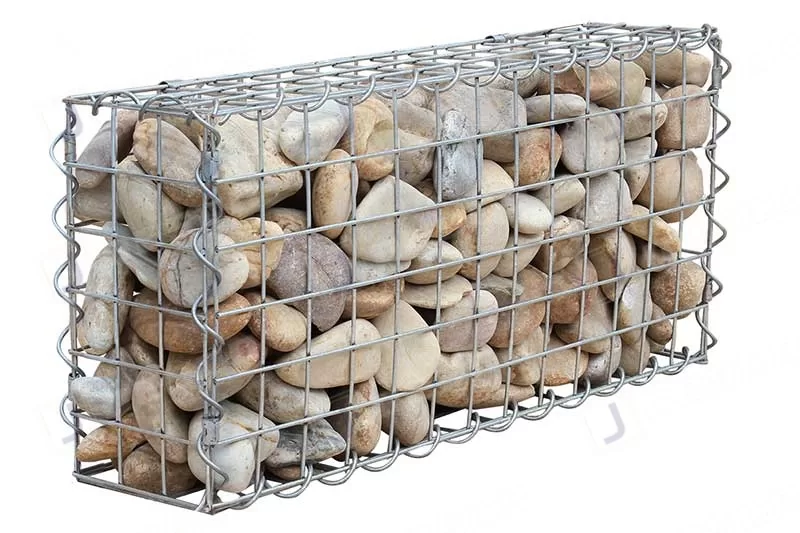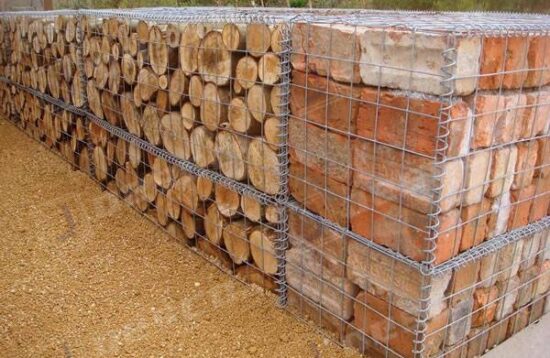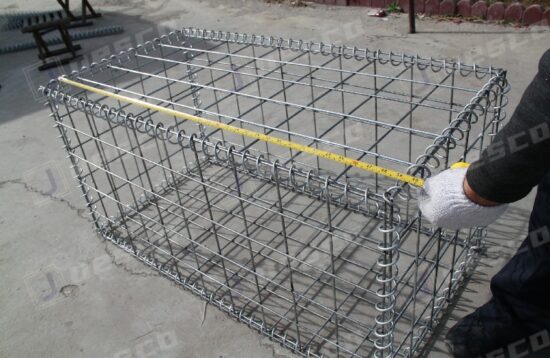1. What is a Gabion Cage?
A gabion cage is a wire mesh container, usually rectangular or square, filled with stones or other suitable materials. Made from galvanized steel wire or other corrosion-resistant materials, it’s a simple and effective construction element used in civil engineering and landscaping for centuries.

2. Types of Gabion Cages
2.1. Galvanized Gabion Cages
These are common. Galvanization coats the steel wire with zinc, protecting it from rust and extending the cage’s lifespan. They’re suitable for erosion control and retaining walls.
2.2. PVC – Coated Gabion Cages
With an extra PVC layer over galvanized wire, they have better corrosion resistance and a nicer look. They’re used in urban landscaping and visible areas near water.
2.3. Stainless Steel Gabion Cages
Made of stainless steel wire, they offer top-notch corrosion resistance, ideal for harsh environments like coastal areas. They’re cost-effective in the long run despite being pricier.
3. Applications of Gabion Cages
3.1. Erosion Control
Placed along riverbanks, slopes, or shorelines, gabion cages dissipate water energy, hold soil, and reduce erosion from runoff.
3.2. Retaining Wall Construction
Stacked gabion cages form retaining walls. They’re more flexible than concrete ones, adapting well to ground movement.
3.3. Landscaping
They add a natural touch to landscapes and are used for garden borders, planters, and decorative walls.
3.4. Flood Protection
Filled with large stones, they create barriers to divert floodwaters and protect property.
4. Factors to Consider Before Buying
4.1. Material Quality
Quality wire mesh (thick and corrosion-resistant) and filling materials (hard, durable, right-sized stones) are essential.
4.2. Cage Size and Design
Size depends on the application. Also, consider the mesh pattern and how cages are joined for stability.
4.3. Cost
Cost varies by material, size, and quantity. Compare prices, but don’t sacrifice quality for savings.
4.4. Supplier Reputation
Pick a reputable supplier with good reviews. They’ll provide quality products and good service.
5. Installation and Maintenance
5.1. Installation
Level the ground, ensure drainage, place cages, fill with tightly – packed stones and secure stacked cages with wire ties.
5.2. Maintenance
Check periodically for rust or displaced stones. Small rusted areas can be patched.
Understanding these gabion cage basics helps in making smart purchasing decisions. They’re a versatile solution for projects of all sizes.






